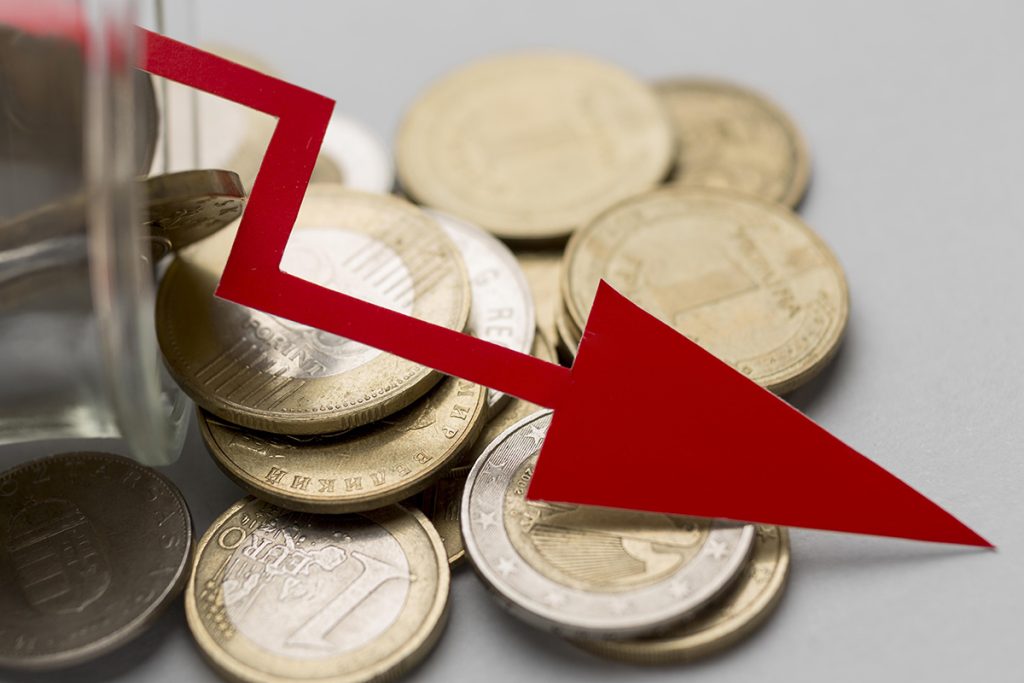Welcome to the world of shrinkflation and greedflation

Welcome to the era of shrinkflation and greedflation, where companies adapt to rising inflationary pressures. Conventional economics attributes price hikes to product scarcity or increased demand. In the past years, we’ve experienced both.
Pandemic-related supply chain disruptions led to shortages in crucial items like microchips and baby formula. Simultaneously, the war in Ukraine caused supply shocks, including food blockades and sanctions on Russian oil and gas. Economic reopening prompted higher-income households to splurge, further boosting demand and prices.
Yet, a crucial factor driving inflation is often overlooked in basic economic models: excess corporate profit, dubbed ‘greedflation’. This phenomenon contributes to at least half of the price increases in developed nations.

What are shrinkflation and greedflation?
To cope with the inflationary pressures, companies are adopting two strategies: shrinkflation and greedflation. Both these approaches have their pros and cons, and they have become more prevalent during the current period of inflation. Additionally, the widespread trend of increasing retail prices as production costs rise is also contributing to the overall inflationary pressures.
The COVID-19 pandemic and the ongoing war in Ukraine have led to significant socio-economic transformations. As a result, it has become imperative for online stores to review and optimize their pricing strategies. It is crucial to understand two terms – shrinkflation and greedflation – to make informed decisions and explore all options available to the company.

Shrinkflation: maintaining the price, yet reducing the product size
Shrinkflation is a sneaky tactic used by e-commerce businesses to reduce the quantity or quality of a product without changing its price. This approach helps companies keep their production costs in check while maintaining the same retail price.
The upside is that most users don’t notice the decrease in the product’s quantity or quality. However, they do realize that the prices have remained the same despite the inflation. Nonetheless, this strategy is less likely to harm the company’s brand image.
Greedflation: Is the increase in prices a necessity or an opportunistic move?
On the other hand, greedflation is a pricing strategy that companies adopt to increase their profit margins by raising prices even when it is not necessary. Inflation may be prevalent, but the production costs haven’t risen enough to justify price hikes. Nevertheless, consumers don’t usually get surprised by such price increases during times of inflation.
Entrepreneurs sometimes resort to greedflation to boost their income at the expense of the market situation and consumers. However, it is essential to tread carefully while adopting such a strategy to avoid damaging the brand’s reputation.

Managing prices and monitoring demand
In today’s competitive market, brands and retailers must be cautious about pricing strategies. Shrinkflation and greedflation are on the rise, where companies decrease product size or quality but maintain or raise prices for higher profits. Unfortunately, this can harm sales and tarnish a company’s reputation, portraying it as unethical and disconnected from society.
To address this, it’s essential for brands to monitor pricing, staying informed about competitors. Pricing tools help track fluctuations, enabling businesses to make well-informed decisions. By setting profit margins and other variables, companies align prices with corporate goals, avoiding negative impacts on their brand.
Implementing dynamic pricing strategies ensures optimal prices across sales channels, allowing companies to stay competitive without resorting to damaging tactics or indiscriminate price hikes.

Welcome to the world of shrinkflation and greedflation conclusion
Companies must own their pricing choices, avoiding pitfalls like shrinkflation and greedflation. Addressing corporate profiteering requires an ethical pricing approach, fostering trust and a positive reputation.
To tackle the global cost-of-living crisis, propose a 90% tax on the windfall profits of the world’s top 1,000 companies, potentially generating over $1 trillion. This not only raises revenue but also combats inequality, benefiting the wealthiest 1%.
The need to limit corporate power involves enforcing competition laws and empowering employees in decision-making, as outlined in the Oxfam report ‘Power, Profits and the Pandemic’.
Inflation stems not only from global crises but also from unchecked corporate power. Governments must act decisively: rein in power, tax windfall gains, and alleviate rising costs or permit unchecked price gouging, causing widespread suffering. Bold action is needed for a more equitable and just future.




















